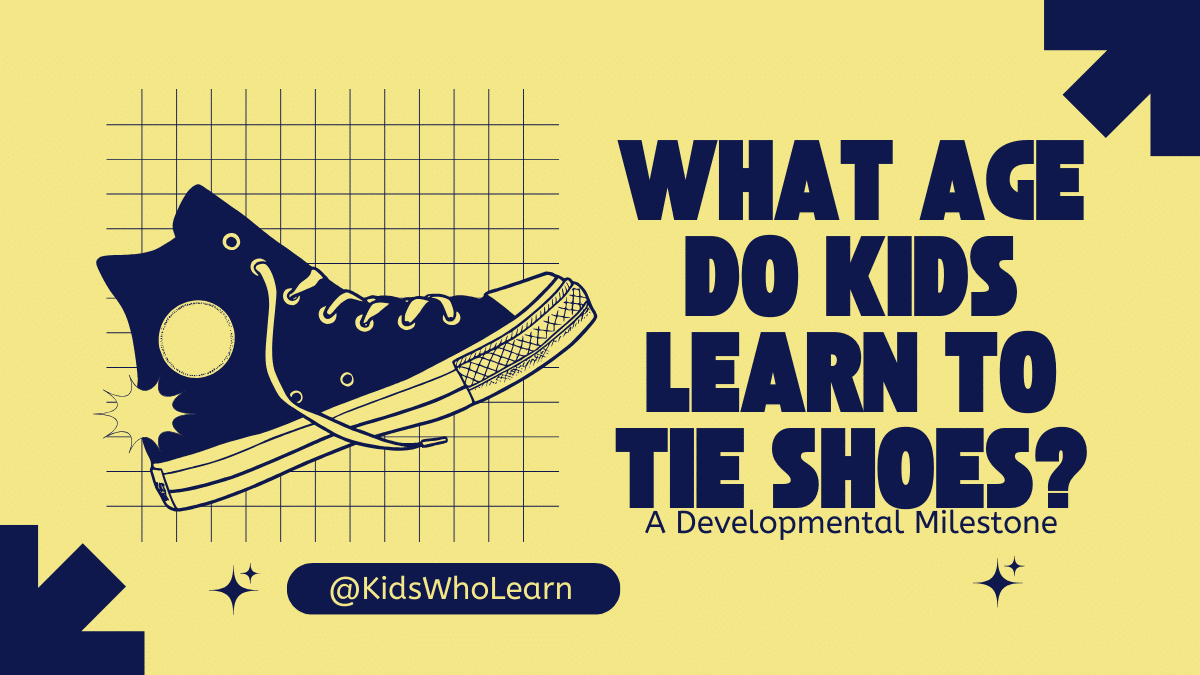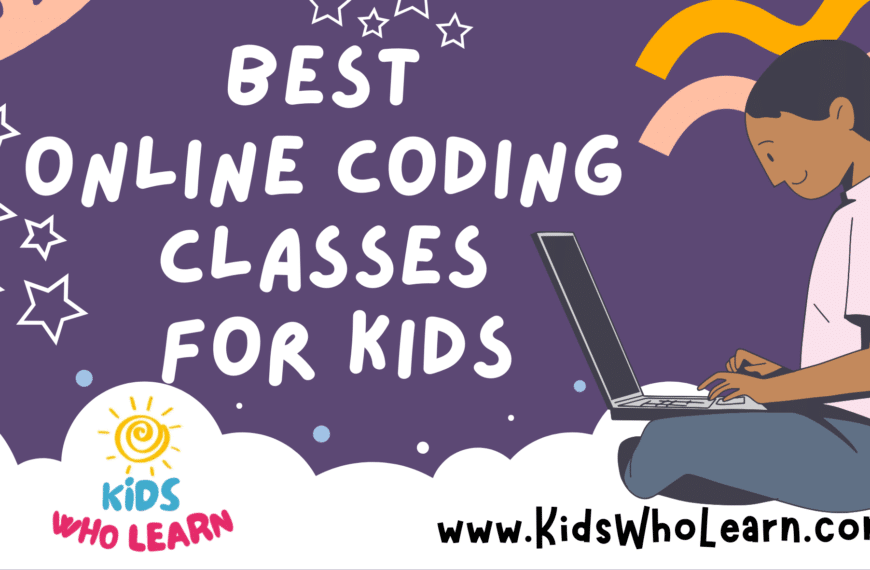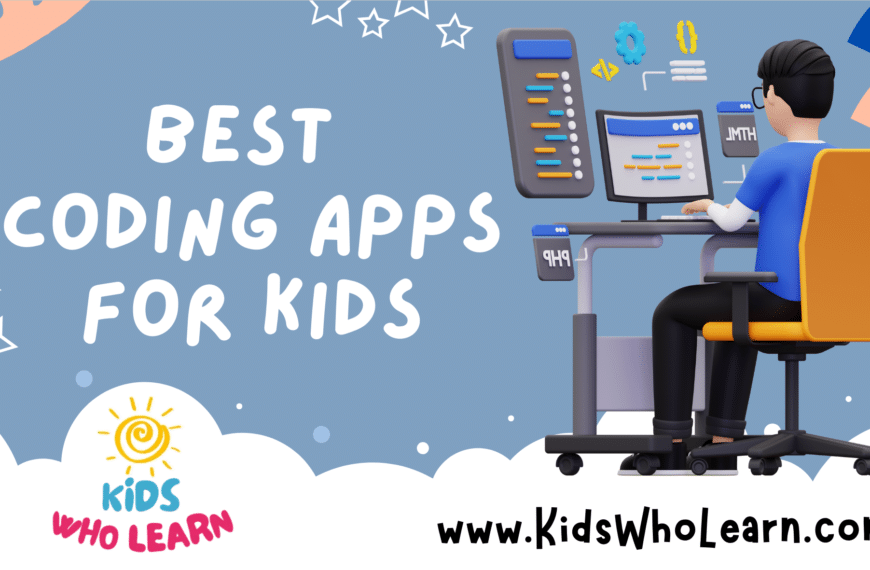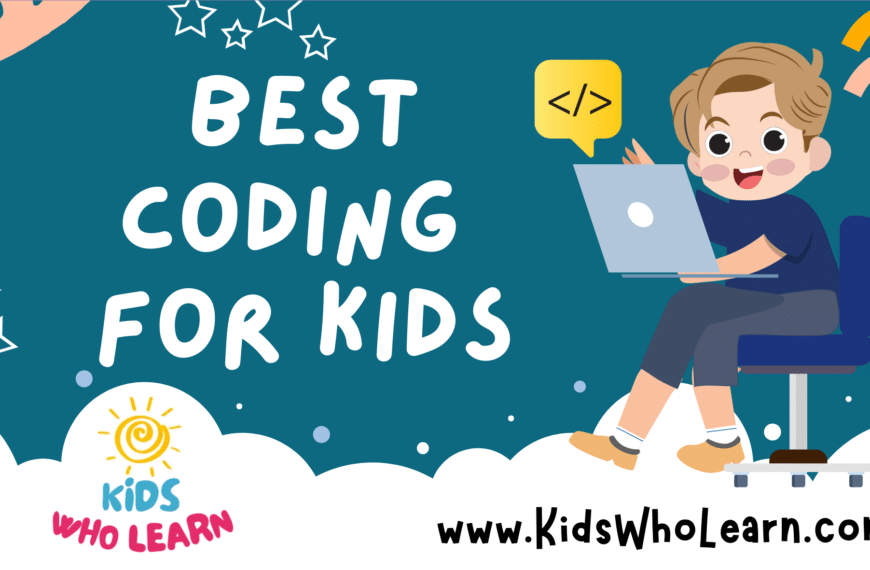If you’re a parent or educator, you may have heard the term “robotics for kids” being thrown around. But what exactly is robotics and how can it benefit children? Robotics is the study of robots and their design, construction, and operation. It combines elements of computer science, engineering, and mathematics to create machines that can perform tasks autonomously or with human input.
Robotics for kids is a field that focuses on introducing children to the world of robotics and teaching them essential skills such as problem-solving, critical thinking, and collaboration. By learning how to build and program robots, children can develop an interest in STEM (science, technology, engineering, and math) fields and gain hands-on experience with cutting-edge technology.
In this article, we’ll take a closer look at what robotics for kids entails, the different types of robotics kits available, and how you can get started with robotics. We’ll also provide tips on choosing the right robotics kit for your child and answer some frequently asked questions about robotics for kids.
Key Takeaways
- Robotics is the study of robots and their design, construction, and operation that combines elements of computer science, engineering, and mathematics.
- Robotics for kids is a field that focuses on introducing children to the world of robotics and teaching them essential skills such as problem-solving, critical thinking, and collaboration.
- Learning robotics can help children develop an interest in STEM fields and gain hands-on experience with cutting-edge technology.
Understanding Robotics
Definition of Robotics
Robotics is a field of engineering and technology that involves the design, construction, operation, and use of robots. A robot is a machine that is capable of carrying out a complex series of tasks automatically, either by remote control or on its own. Robots can be programmed to perform a wide range of functions, from simple tasks like moving objects to complex tasks like navigating through a maze.
Importance of Robotics
Robotics is an important field of study for kids because it helps them develop critical thinking skills, problem-solving skills, and creativity. By learning how to design and build robots, kids can learn how to think logically and systematically, and they can develop an understanding of how machines work.
Robotics can also be used to teach kids about science, technology, engineering, and math (STEM) concepts. For example, kids can learn about the different types of sensors and actuators that are used in robots, and they can learn about programming languages like Python and C++.
In addition to being a fun and engaging way to learn, robotics is also an important field for the future. As automation and artificial intelligence become more prevalent in society, the demand for skilled workers in robotics is expected to increase. By learning about robotics now, kids can prepare themselves for the jobs of the future and gain a competitive advantage in the workforce.
Robotics for Kids
Robotics is a field of study that involves designing, building, and programming robots. It is an exciting and rapidly growing field that offers endless possibilities for kids to explore and learn. Here are some reasons why kids should learn robotics.
Why Kids Should Learn Robotics
1. Develops Critical Thinking and Problem-Solving Skills
Robotics involves a lot of problem-solving, critical thinking, and decision-making. Kids learn how to identify problems and come up with solutions to solve them. They also learn how to analyze and evaluate different solutions to determine the best one.
2. Enhances Creativity and Imagination
Robotics is a field that encourages creativity and imagination. Kids get to design and build their own robots, which allows them to express their creativity and imagination. They also get to experiment with different designs and ideas, which helps them develop their problem-solving skills.
3. Prepares Kids for the Future
The world is becoming more technologically advanced, and robotics is a field that is rapidly growing. By learning robotics, kids are preparing themselves for the future. They are learning skills that will be in high demand in the job market, such as programming, engineering, and problem-solving.
Skills Gained from Learning Robotics
1. Programming Skills
Robotics involves programming robots to perform specific tasks. Kids learn how to write code to control the movements of their robots. They also learn how to troubleshoot and debug their code, which helps them develop their problem-solving skills.
2. Engineering Skills
Robotics involves designing and building robots. Kids learn how to use different tools and materials to build their robots. They also learn how to test and refine their designs, which helps them develop their engineering skills.
3. Collaboration and Communication Skills
Robotics is a field that requires collaboration and communication. Kids often work in teams to design and build their robots. They learn how to communicate their ideas and work together to solve problems. This helps them develop their collaboration and communication skills.
In conclusion, robotics is a field that offers endless possibilities for kids to explore and learn. By learning robotics, kids develop critical thinking, problem-solving, programming, engineering, collaboration, and communication skills. It is a great way to prepare kids for the future and help them succeed in a rapidly changing world.
Components of Robotics
Basic Parts of a Robot
Robots are made up of several components that work together to enable them to perform specific tasks. The basic parts of a robot include:
- Actuators: These are motors or other devices that allow robots to move their joints or other parts. They are responsible for the movement of the robot’s limbs, grippers, and other components.
- Sensors: These are devices that allow robots to detect changes in their environment. They can detect light, sound, temperature, and other environmental factors. Sensors are used to help robots navigate their environment, avoid obstacles, and interact with objects.
- Controllers: These are the brains of the robot. They receive input from sensors and other devices and use that information to control the robot’s movements and actions.
- Power Supply: Robots require a power source to operate. This can be a battery, a power cord, or another type of power source.
Programming and Coding for Robots
Programming and coding are essential components of robotics. They allow robots to perform specific tasks and respond to changes in their environment. There are several programming languages that are commonly used in robotics, including:
- Python: Python is a popular programming language for robotics because it is easy to learn and use. It is an interpreted language, which means that it can be run on any platform without the need for compilation.
- C++: C++ is a powerful programming language that is commonly used in robotics. It is a compiled language, which means that it must be compiled before it can be run on a robot.
- Java: Java is another popular programming language for robotics. It is an object-oriented language, which means that it is designed to work with objects.
In addition to programming languages, there are several programming environments and software tools that are used in robotics. These include:
- Robot Operating System (ROS): ROS is an open-source software framework that is commonly used in robotics. It provides a set of tools and libraries for building and running robot applications.
- Arduino: Arduino is an open-source electronics platform that is commonly used in robotics. It provides a set of tools and libraries for building and programming robots.
- Blockly: Blockly is a visual programming language that is commonly used in robotics. It allows users to drag and drop blocks of code to create programs for robots.
In conclusion, the components of robotics include actuators, sensors, controllers, and power supply. Programming and coding are also essential components of robotics, and there are several programming languages and software tools that are commonly used in robotics.
Types of Robotics for Kids
Robotics for kids has become increasingly popular as a way to introduce children to the world of engineering and technology. There are various types of robotics that are suitable for kids of different ages and skill levels. Here are two types of robotics for kids:
Educational Robotics Kits
Educational robotics kits are designed to teach children the basics of robotics and programming. These kits typically come with all the necessary components, including motors, sensors, and controllers, and may also include software for programming the robot. Some kits even come with pre-made robots that children can assemble and program themselves.
One popular educational robotics kit is LEGO Mindstorms, which allows children to build and program their own robots using LEGO blocks. Another popular kit is the VEX Robotics kit, which includes a variety of sensors and motors that can be used to build a range of different robots.
Robotics Competitions for Kids
Robotics competitions provide a fun and engaging way for kids to apply their robotics skills and knowledge. There are various competitions available for kids of different ages and skill levels, including FIRST LEGO League, VEX Robotics Competition, and RoboCup Junior.
FIRST LEGO League is a competition for children aged 9-14, where teams build and program robots using LEGO Mindstorms. The competition includes a variety of challenges that test the robots’ abilities, such as navigating obstacles and collecting objects.
VEX Robotics Competition is a competition for middle and high school students, where teams build and program robots using the VEX Robotics kit. The competition includes a variety of challenges, including autonomous and driver-controlled rounds.
RoboCup Junior is a competition for children aged 19 and under, where teams build and program robots to play soccer. The competition includes various leagues, including a rescue league where robots must navigate a simulated disaster zone.
Overall, there are various types of robotics for kids that provide a fun and engaging way to learn about robotics and programming. Educational robotics kits and robotics competitions are just two examples of the many options available for kids who are interested in robotics.
How to Get Started with Robotics
Robotics is an exciting field that can help children develop a wide range of skills, from problem-solving to creativity. If you’re interested in getting started with robotics, here are a few tips to help you get started:
1. Choose the Right Robotics Kit
Before you get started with robotics, you’ll need to choose the right robotics kit. There are many different kits available, so it’s important to choose one that’s appropriate for your child’s age and skill level. Some popular options include LEGO Mindstorms, VEX Robotics, and Ozobot.
2. Learn the Basics of Robotics
Once you have your robotics kit, it’s time to start learning the basics of robotics. This includes learning about sensors, motors, and programming. You can find many online resources that can help you learn the basics of robotics, including tutorials, videos, and forums.
3. Start Building and Programming
Once you have a good understanding of the basics of robotics, it’s time to start building and programming your robot. Start with simple projects and work your way up to more complex projects as you gain experience. Make sure to take your time and don’t get discouraged if things don’t work out the first time.
4. Join a Robotics Club or Competition
Joining a robotics club or competition is a great way to meet other robotics enthusiasts and learn more about robotics. There are many different robotics clubs and competitions available, so it’s important to find one that’s appropriate for your child’s age and skill level.
5. Have Fun and Be Creative
Above all, robotics should be fun and creative. Encourage your child to experiment and try new things with their robot. Don’t be afraid to think outside the box and come up with unique and creative solutions to problems. With a little bit of creativity and hard work, anything is possible in the world of robotics.
Choosing the Right Robotics Kit for Your Child
When it comes to choosing a robotics kit for your child, there are a few things to consider. Here are some tips to help you pick the right one:
Age Range
Make sure the kit you choose is appropriate for your child’s age. Some kits are designed for younger children, while others are more advanced and geared towards older kids. Check the age range on the packaging or website before making your purchase.
Skill Level
Consider your child’s skill level when choosing a robotics kit. If they are just starting out, a beginner kit with simple instructions and easy-to-use components might be best. For more experienced children, a kit with more complex components and programming options may be more appropriate.
Interests
Think about your child’s interests when selecting a robotics kit. Do they enjoy building things, or are they more interested in programming? Some kits focus more on the building aspect, while others are centered around programming and coding.
Budget
Robotics kits can vary greatly in price, so it’s important to consider your budget. Keep in mind that more expensive kits may have more advanced components and programming options, but that doesn’t necessarily mean they are the best choice for your child.
Brand Reputation
Research the brand of the robotics kit before making a purchase. Look for reviews and feedback from other parents and children who have used the kit. A reputable brand with positive reviews is more likely to provide a quality product that will last.
By considering these factors, you can choose a robotics kit that will be both fun and educational for your child.
Conclusion
In conclusion, robotics for kids is an exciting and engaging way to introduce children to the world of technology. It allows them to learn about programming, engineering, and problem-solving in a fun and interactive way. By building and programming robots, kids can develop critical thinking skills, creativity, and teamwork.
Through robotics, children can learn about different types of robots, such as autonomous robots and remote-controlled robots, and how they are used in various industries, including manufacturing, healthcare, and space exploration. They can also learn about the different components that make up a robot, such as sensors, motors, and microcontrollers.
Robotics can also be used to teach kids about real-world issues, such as environmental sustainability and social responsibility. By building robots that can perform tasks such as cleaning up trash or monitoring water quality, children can learn about the importance of protecting the environment and making a positive impact on society.
Overall, robotics for kids is a great way to introduce children to the world of technology and prepare them for the future. It is a fun and engaging way to learn about programming, engineering, and problem-solving, and can help children develop critical thinking skills and creativity.
Frequently Asked Questions
What age range is suitable for learning robotics?
Robotics can be learned by children as young as five years old. There are robotics kits available that are specifically designed for younger children. As children grow older, they can progress to more advanced kits and projects.
What are some popular robotics kits for kids?
Some popular robotics kits for kids include LEGO Mindstorms, VEX Robotics, and Dash & Dot. These kits come with everything needed to build and program a robot, including sensors, motors, and programming software.
What skills can kids learn through robotics?
Through robotics, kids can learn a variety of skills, including problem-solving, critical thinking, and creativity. They can also develop their coding skills and learn about engineering and design.
Are there any robotics classes for kids near me?
There are many robotics classes available for kids, both in-person and online. You can search for classes in your area or check with your local community center or library.
How does robotics integrate with coding education?
Robotics and coding are closely related, as programming is required to make a robot function. Learning robotics can help kids develop their coding skills, and vice versa.
What are some fun robotics projects for kids to try?
Some fun robotics projects for kids include building a robot that can navigate a maze, creating a robot that can draw or paint, or building a robot that can play a game. There are many resources available online for project ideas and instructions.







